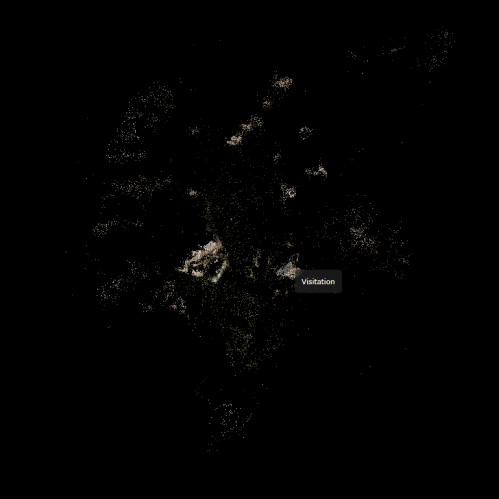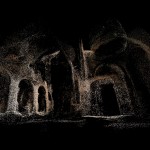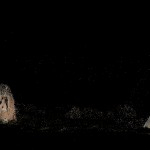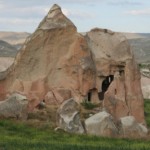Churches near Sarica:
Monthly Archives: July 2011
Pancarlik Kilisesi
Cappadocian rock-cut churches are unique monuments. Because they are quarried rather than constructed, architectural “rules” don’t quite apply to them. While they give the impression of right angles and straight lines, these are almost never actually present. This is particularly evident in a point cloud of Pancarlik Kilisesi:

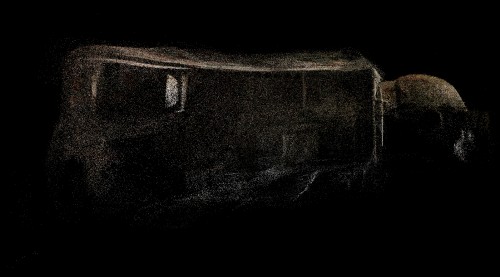

And here’s the Photosynth:
Pammakaristos
After the excavation at Tiberias I went to Turkey for a two week summer class on the rock-cut architecture and wall-paintings of Cappadocia. I also spent several days in Istanbul visiting monuments before and after the class. Here’s a photosynth of the Pammakaristos chapel (also known as the Fethiye Camii):
And some highlight pictures of the synth:
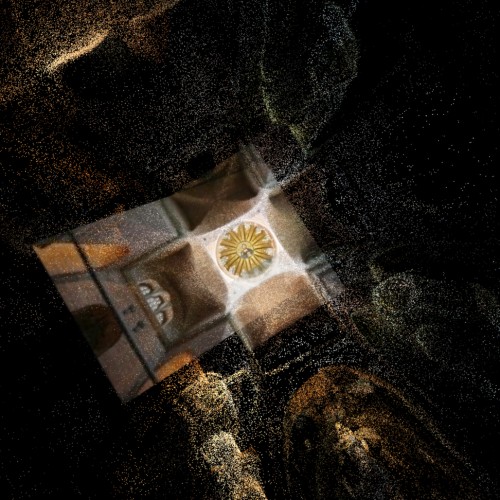
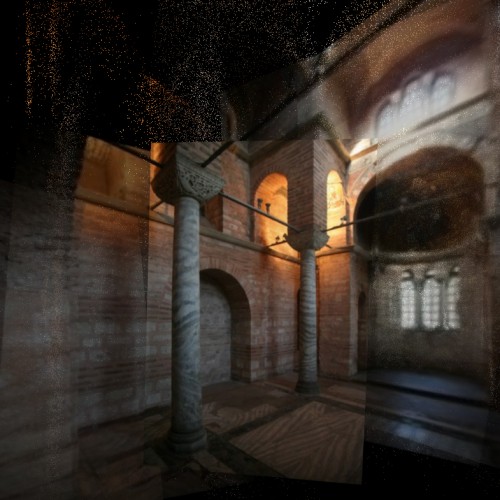
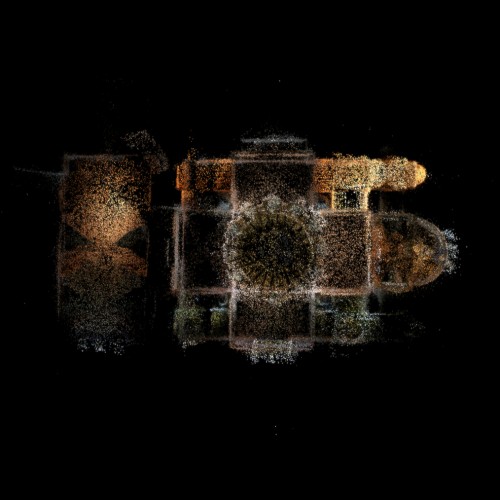
Tiberias
Featured
This summer I was excavating at Tiberias. The New Tiberias Excavation Project, led by Dr. Katia Cytryn-Silverman of the Hebrew University of Jerusalem, is intended to clarify the structure of the mosque built in the center of the city, as well as to determine its relationships to nearby monumental structures, both religious and secular.
Tiberias, located on the south-western coast of the Sea of Galilee (more commonly known here as the Kinneret), was founded in 20 CE by Herod Antipas, the son of Herod the Great, and has been continuously occupied since, although occupation appears to have shifted to the northwest over time. Judaism, Christianity, and Islam all left their mark on the urban center. After the rabbinical court known as the Sanhedrin was forced to flee Jerusalem, they eventually settled in Tiberias in the late second century. Ephiphanius of Salamis mentions the city in his Panarion (check it out for a delightful account of amorous magic in the pagan baths), al-Muqqadasi describes it in his geography, and Nasir-i Khusrou also briefly mentions the city in the Safarnama. During the 10th century the Aleppo codex was compiled there, and with the arrival of the crusaders it became the capital of the Principality of Galilee within the Kingdom of Jerusalem before it was reconquered by Saladin in 1187. In short, it was a pretty happening place. Now it’s pretty touristy, catering to Christian pilgrims looking for a base from which to visit the numerous biblical sites surrounding the lake and Israelis looking for some fun in the sun and a nice soak in the hot springs of Hamat Tiberias.
Highlights of the dig (apart from the excavation itself) included a trip to the Umayyad estate Khirbet al-Minya, a hike up to the anchor church on Mt. Berenice with its amazing view of the lake, and squeezing into some recently-excavated chalcolithic dolmens at Rujm el-Hiri.

